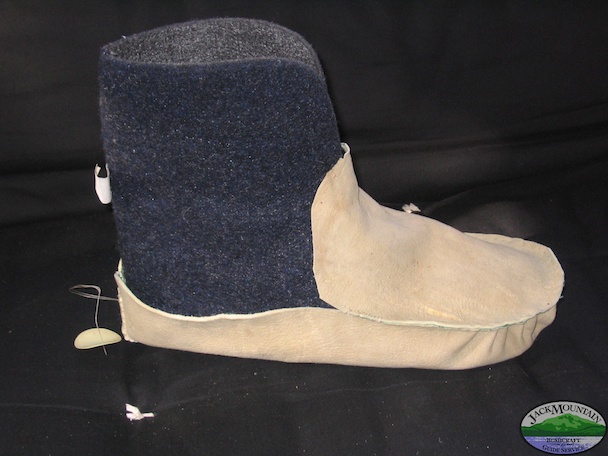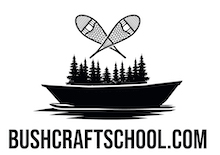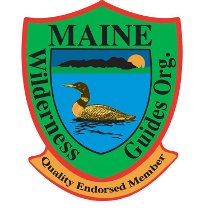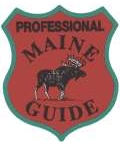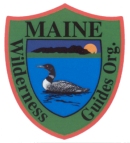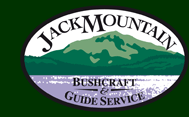Most of the winter footwear on the market is heavy and doesn’t keep your feet warm. Pac boots, for example, seem to always leak in wet conditions and trap moisture and become cold in frigid conditions. Most of the big companies market their footwear by insisting that it is both waterproof and breathable (for some illuminating information from an industry insider that disputes the ability of any material to be both, see the online archives of Wiggy’s Sleeping Bags). In the real world, there is no one type of winter footwear that does it all.
For dry-cold conditions, or conditions below about 10 degrees Fahrenheit, you want footwear that is 100% breathable. Water-proof and water resistant footwear traps moisture at these temperatures, resulting in cold feet in just a few hours. It is important to remember that in normal conditions, without sweat, the average foot gives off 1/4 cup of moisture per day. Breathable footwear allows this moisture to escape, keeping the feet dry and warm. Due to the cold temperatures, the snow is dry, without excessive moisture to wet your footwear from the outside. The amount of insulation, in the form of liners and wool socks, should be such that the warmth generated by the feet will not melt the snow in that comes in contact with the footwear. Mukluks fit the bill perfectly for dry-cold footwear, being 100% breathable and extremely light. I have worn them for days on end in bitter cold conditions with my feet being warm and dry the entire time.
The best way to get a pair of braintan and canvas mukluks is to make them yourself. There are several places you can learn to do this, including with us in one of our mukluk-making workshops. You can also buy them a few different places, including Steger Mukluks in Ely, Minnesota.
In snow with temperatures above 10 degrees Fahrenheit, footwear should be 100% waterproof. Many boots, including the popular pac-style boots consisting of a rubber bottom sewn onto a leather upper, claim to achieve this level of water resistance, but those I have worn have all leaked around the seams sooner or later. I have found that the goal of being 100% waterproof is achieved only by boots made of rubber, top to bottom. Rubber boots, with a felt liner and some sort of insole, are my choice for wet-cold conditions. Such boots will trap the moisture emitted by the feet, and thus must be dried regularly, but they keep the water out. The Tingley rubber boots are a thin rubber overboot, designed to be worn over regular footwear. A pair of Tingleys, fitted with a felt liner and insole, weighs only ounces. They can be found at many farm and feed type stores. On winter trips, I take dry-cold and wet-cold footwear and two pairs of liners, and am prepared for whatever the weather might bring.
Tingley rubber boots can be ordered from the Lyman’s Farm Store in Fairfield, Maine. They will ship anywhere.
The US military overboots for wet, cold weather are a bit thicker than Tingleys, but don’t come in the taller heights. I’ve seen these range in price from $5 to $19. They’re available from many military surplus stores.
Felted-wool boot liners used to be available at shoe and hardware stores throughout the north, but have been replaced by thinner liners made of synthetic materials. They are still available from in regular and wide widths from Steger Mukluks in Minnesota. You can also learn how to make your own.
Regardless of the type of footwear you have, you’ll want to outfit them with insoles for maximum warmth. I have a pair of Canadian military mukluk mesh insoles which do an amazing job of keeping my feet warm and dry. They are made of numerous layers of plastic mesh sewn together around the edge. Thus they form a barrier between my feet and the ground. Also, since they’re plastic they don’t absorb water, so they can be quickly dried by knocking the moisture out. These are difficult to find online the last time I checked. I bought 5 pairs at a small surplus store the last time I was in Montreal.
Having warm and dry feet in the winter takes knowledge and planning. An understanding of the science behind what you need is worth more than a $500 gift certificate from a gear shop.
